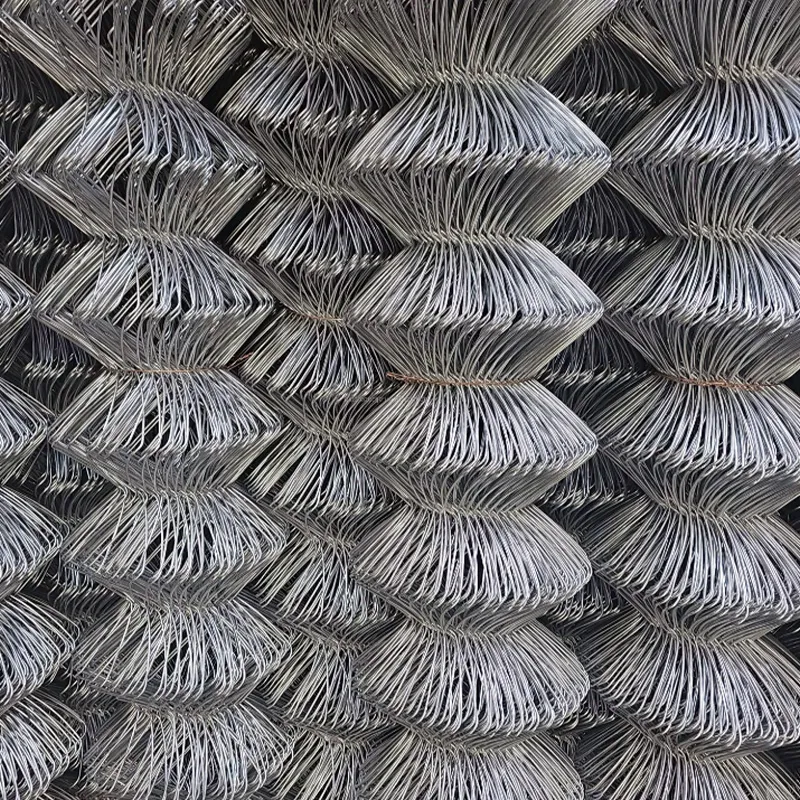-
 Phone:
Phone: -
 Email:
Email:

Innovative Techniques for Designing and Constructing Rock Mesh Retaining Walls in Landscape Engineering
Rock Mesh Retaining Wall A Modern Solution for Slope Stabilization
A rock mesh retaining wall is an innovative approach to managing soil erosion and slope stabilization, particularly in areas prone to landslides or where natural terrain must be preserved. This type of retaining wall consists of well-structured wire mesh systems filled with rock materials, providing an effective solution for both environmental preservation and structural integrity.
The Design and Construction
The construction of a rock mesh retaining wall typically begins with a thorough site evaluation. Engineers assess the soil conditions, slope angles, and environmental factors to determine the optimal design for the wall. The design process is crucial as it dictates the wall's height, width, and the type of rock used to fill the mesh.
Once the specifications are established, the construction process commences. The first step involves excavating the site to create a level base for the retaining wall. Following this, steel mesh panels, which are made from high-tensile strength wire, are erected to form the structure of the wall. These panels are designed to be flexible yet strong, accommodating the natural movement of soil while maintaining overall stability.
After the mesh framework is in place, it is filled with carefully selected rocks. The rocks should be of various sizes to promote interlocking and enhance the overall stability of the wall. This filling process not only adds weight to the wall, making it more resistant to hydrostatic and lateral pressures, but also allows for efficient drainage between the rocks, reducing the risk of water buildup that could compromise the structure.
Advantages of Rock Mesh Retaining Walls
One of the primary advantages of rock mesh retaining walls is their environmental benefits. Unlike traditional concrete walls, which can disrupt natural habitats and landscapes, rock mesh systems blend harmoniously with their surroundings. The use of natural stone enhances the visual appeal of the structure, making it a popular choice in residential, agricultural, and commercial projects.
rock mesh retaining wall

Additionally, these retaining walls promote vegetation growth. The gaps between the rocks provide niches for plants to take root, further stabilizing the slope and adding to the aesthetic aspect of the wall. This is particularly important in areas where biodiversity is a priority, as a vegetated wall helps support local ecosystems.
Another significant benefit is the ease of installation and maintenance. Rock mesh retaining walls can be rapidly constructed with minimal heavy machinery, making them an economical option for many projects. Moreover, once established, they require little to no maintenance over time, as the natural forces of weathering and erosion can enhance their stability.
Applications and Uses
Rock mesh retaining walls find applications in various fields. In civil engineering, they are used for road constructions, highway upgrades, and bridge approaches. In agricultural settings, these walls help manage runoff and prevent soil erosion on farm slopes. They are also deployed in coastal areas to protect shorelines from erosion caused by waves and strong currents.
Moreover, the growing trend towards sustainable construction practices further supports the use of rock mesh retaining walls. As communities strive to minimize their environmental footprint, this solution aligns with the principles of eco-friendly design, promoting the conservation of natural landscapes while ensuring structural security.
Conclusion
In summary, rock mesh retaining walls represent a modern, efficient, and environmentally friendly solution for slope stabilization and soil erosion control. Their unique design, combined with their aesthetic appeal and ecological benefits, makes them an increasingly popular choice among engineers and developers. As the demand for sustainable construction practices grows, the rock mesh retaining wall is poised to play a significant role in the future of civil engineering.
-
Wire Mesh for Every Need: A Practical SolutionNewsJul.25,2025
-
Steel Fences: Durable, Secure, and Stylish OptionsNewsJul.25,2025
-
Roll Top Fencing: A Smart Solution for Safety and SecurityNewsJul.25,2025
-
Cattle Farm Fencing Solutions for Maximum SecurityNewsJul.25,2025
-
Affordable Iron Binding Wire SolutionsNewsJul.25,2025
-
Affordable Galvanized Wire SolutionsNewsJul.25,2025
-
Wire Hanger Recycling IdeasNewsJul.25,2025








